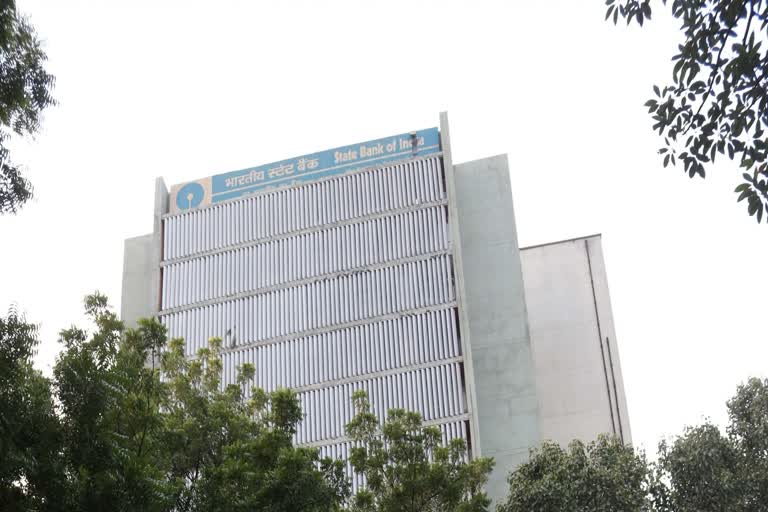Leh: The largest lender State Bank of India will be seeking clarifications from the Reserve Bank whether it can offer long-term home loans with fixed rates in the beginning and convert the same into floating rates later, chairman Rajnish Kumar has said.
The move comes after the Reserve Bank has mandated banks to shift all retail lending to floating rates that will be determined by external benchmarks like the repo rate.
Kumar said there is a lack of clarity on how it can go ahead with the fixed rate products, after the RBI's new regulations on floating rates.
Hinting at the volatility in the repo rate, he said some home buyers may want their loan rates to be fixed.
For such buyers, it can offer a 'fixed-floating' product, wherein the rates are locked in for an initial period of say five to ten years, and then turns floating.
The need for making the product floating in the latter part arises out of the bank's inability to project the liability movements in the future, he said, adding typically, home loans are for about 30 years.
It can be noted that the repo rate at which the central bank lends to the system is at a nine-year low of 5.40 per cent.
Speaking to reporters here over the weekend, Kumar said the central bank's recent guidelines on floating rate products for the retail segment has necessitated the need for the clarity.
Kumar has clarified that from an asset liability management perspective, it is difficult to have a fixed rate product for a long term like 30 years, the maximum tenor of a home loan now from the bank now. Some private sector peers offer up to 35 years of home loans depending on in the age of the borrower, though.
Read more:Wholesale price-based inflation unchanged at 1.08% in August
At present, SBI has a floating rate home loan product linked to its marginal cost of funds-based lending rate and it recently withdrew one linked to the repo rate. It does not have a fixed rate home loan product at present.
As of now, under the marginal cost of funds based lending, floating rate loans are re-set as when the interest rates fall or rise, but fixed rate loans are reset in 9-12 months. But when the loans are linked to the repo rate, the rates can change sharply, depending on how RBI acts on the rate front.
Many mortgage borrowers normally choose fixed rates, as that helps them better manage their finances because of the certainty about the EMI outgoes.
Kumar said the bank does not have adequate liabilities linked to the floating rate which makes such a floating product difficult.
Speaking on the RBI-mandated systemic shift to external benchmarked lending rates, he said SBI will have minimal issues with the same.
He said the industry leader was the first to move on to the repo-linked loans and deposits since May and has many of its products aligned to the external benchmarks now.
However, he said such shifts make asset liability management "challenging" as there lack of floating rate liabilities now.
About the impact of the mega bank mergers on SBI, he said it will not impact the nation's largest bank as SBI has specified business model and target segments, and will continue with the same.



